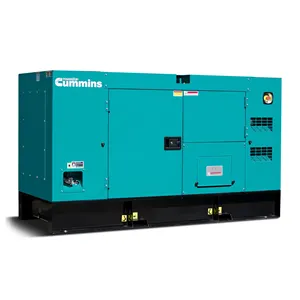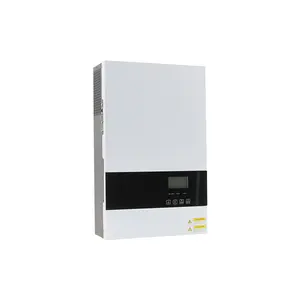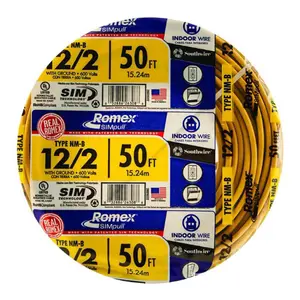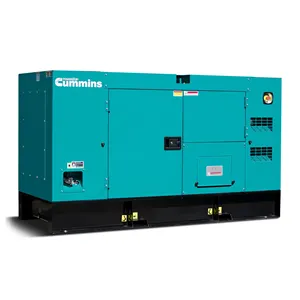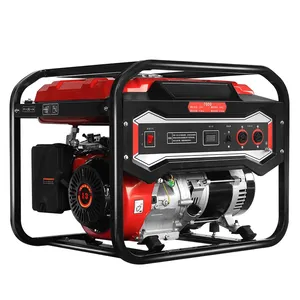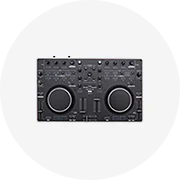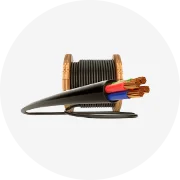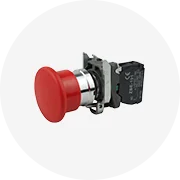Popular na sua indústria






































































Principais categorias
Sobre áudio kinter
áudio kinter são ótimos para localizar indivíduos em grupos grandes e transmitir sua mensagem para eles. Da mesma forma, estes. O equipamento de áudio kinter pode aprimorar seus sistemas de segurança em emergências e as pessoas precisam evacuar. Você pode usá-los junto com outros sistemas de segurança para informar as pessoas sobre os perigos potenciais e direcioná-los para um local seguro. Fornecedores ou atacadistas também podem encontrar ótimas ofertas de. áudio kinter no Alibaba.com.
Estes. Os sistemas de áudio kinter podem ajudá-lo a converter som acústico em sinais eletrônicos com microfones. Da mesma forma, você pode usá-los para processar e mixar os sinais usando módulos de efeitos e placas de mixagem e, em seguida, amplificar os sinais. O. Os sistemas de áudio kinter então ajudam você a emitir os sons pelos alto-falantes. Cada peça do equipamento do. áudio kinter tem diferentes designs, recursos e capacidades para ajudá-lo a executar essas funções. Você pode determinar qual equipamento é adequado para você com base em suas necessidades específicas.
Pesquise no Alibaba.com para encontrar o melhor. áudio kinter para uso profissional. Eles são ótimos para amplificar sons e úteis para se dirigir a multidões. Compre um agora para melhor qualidade de som.
